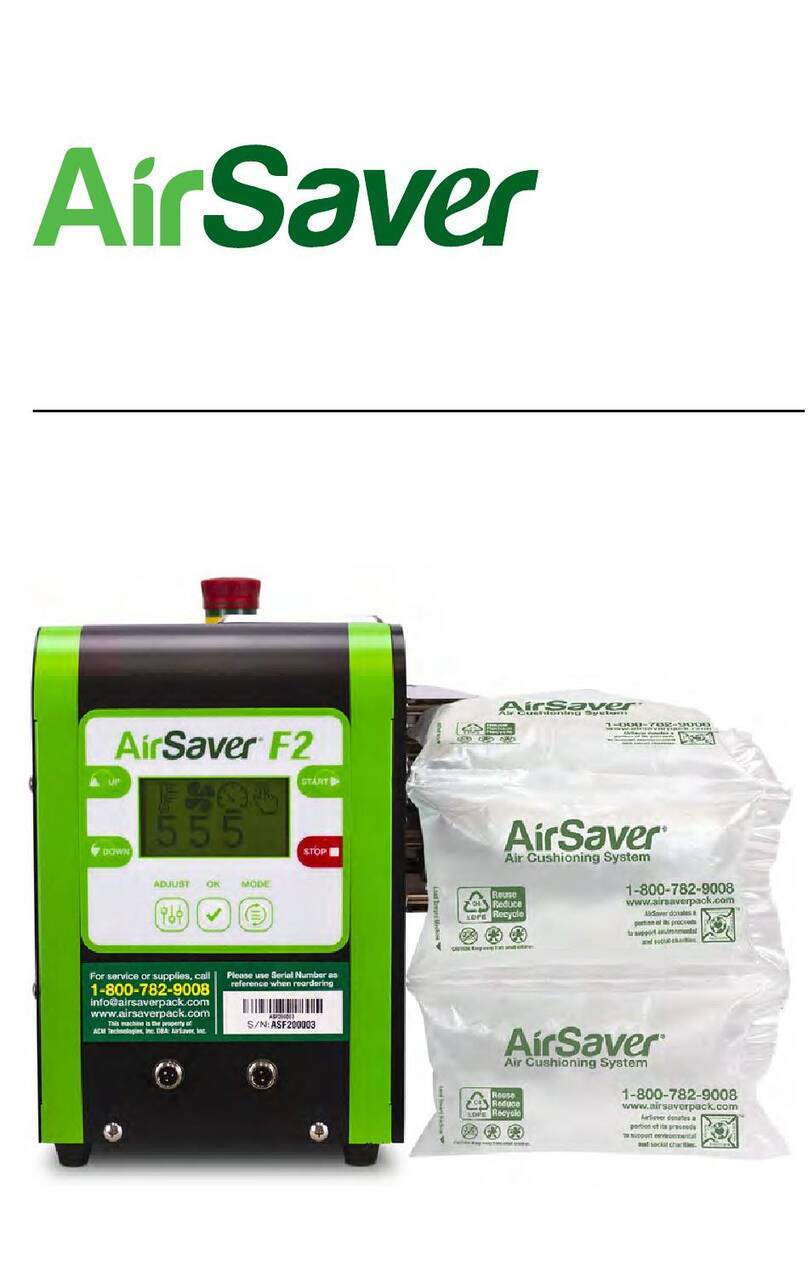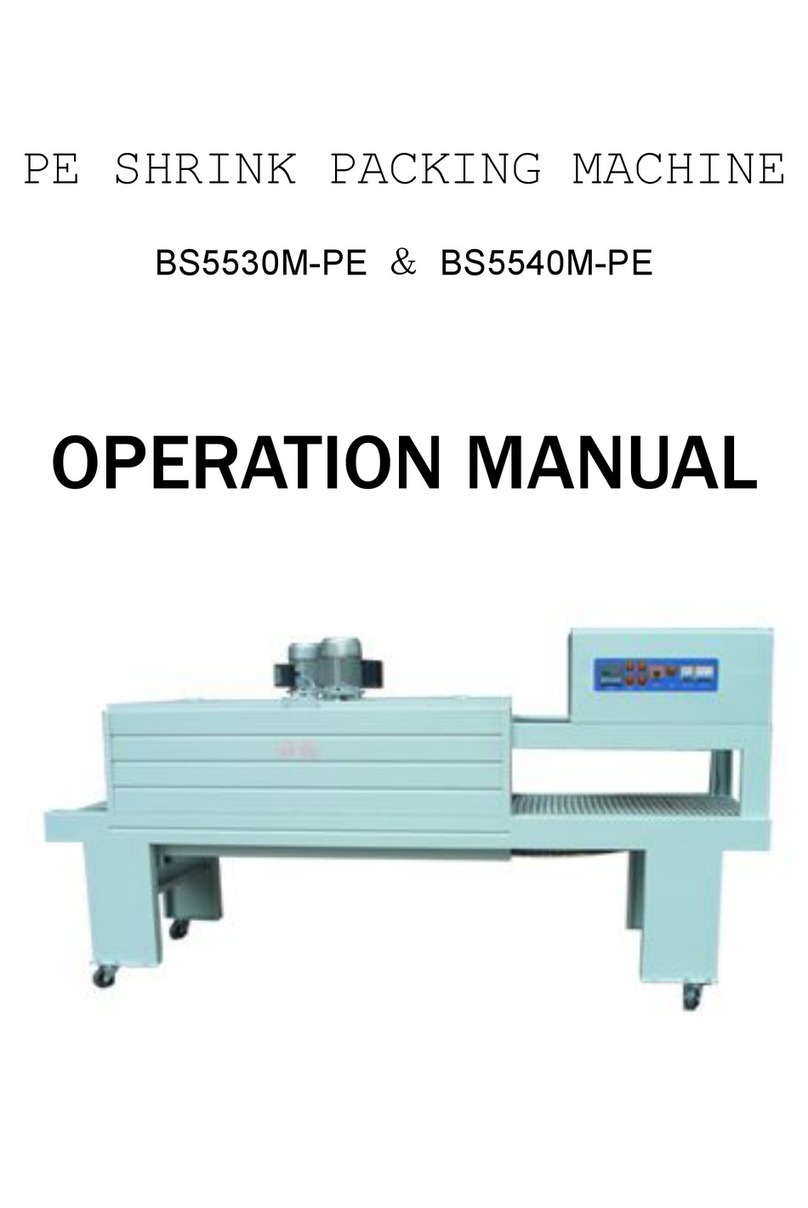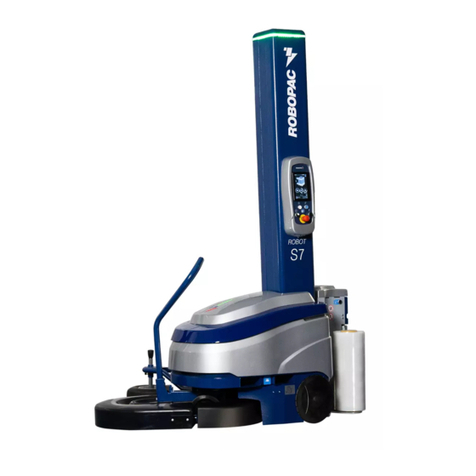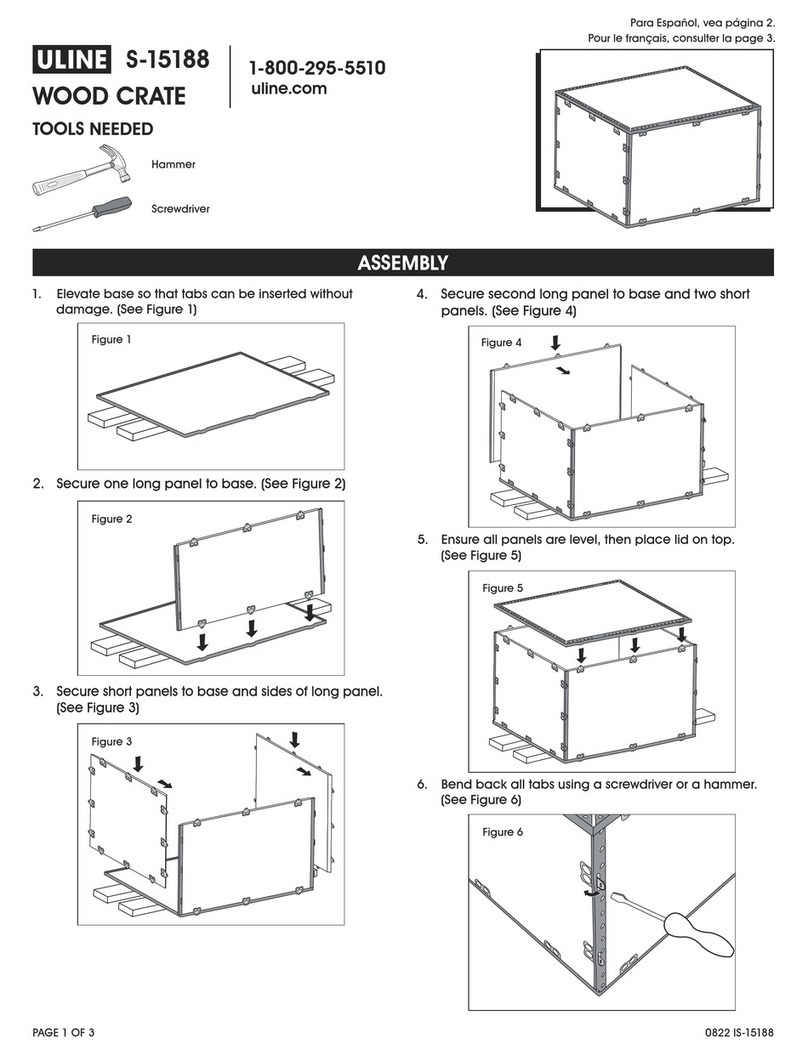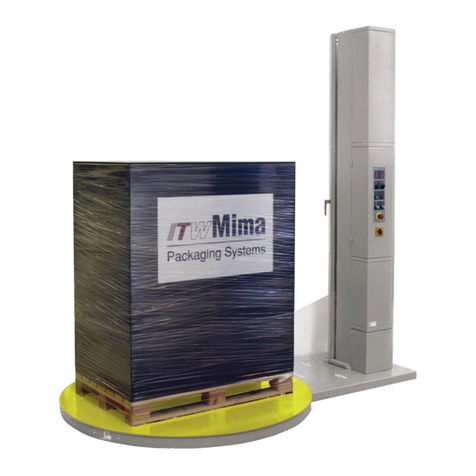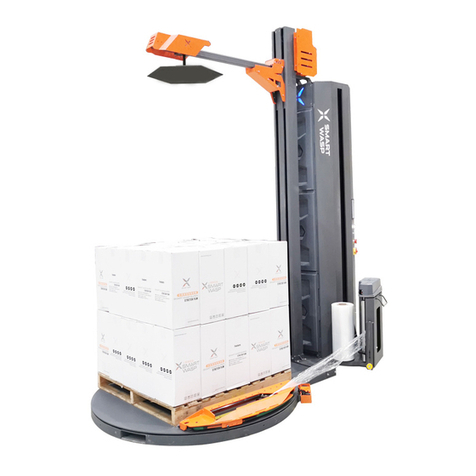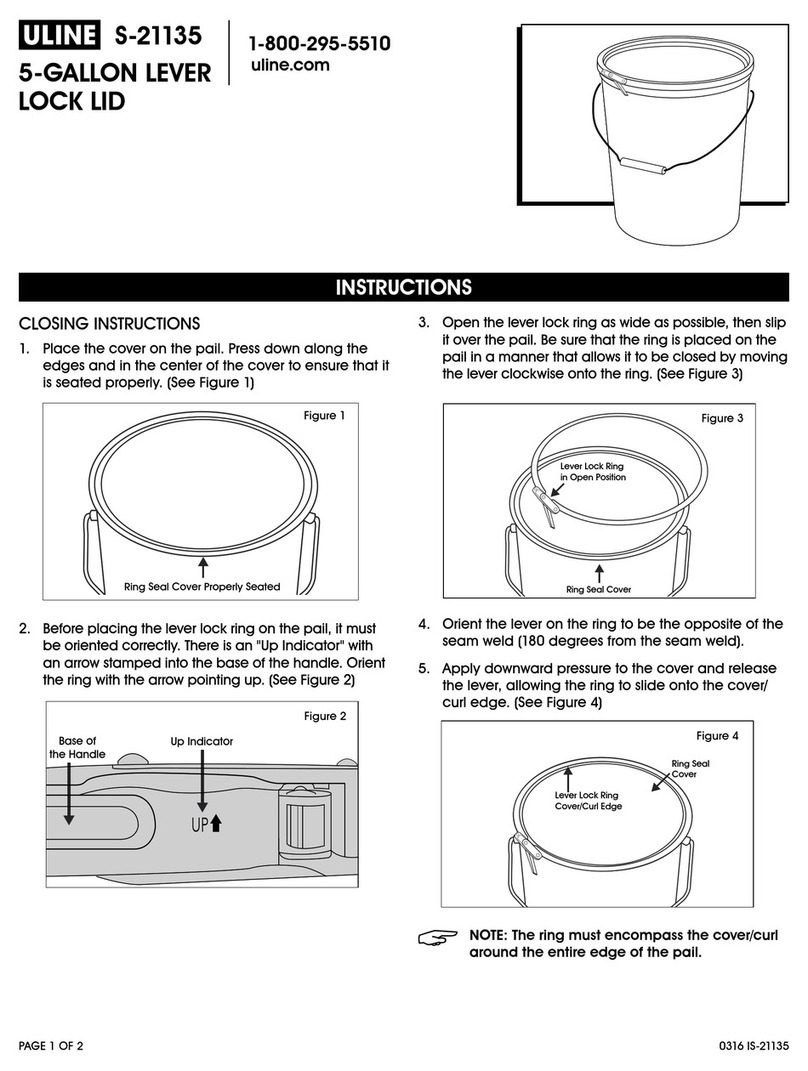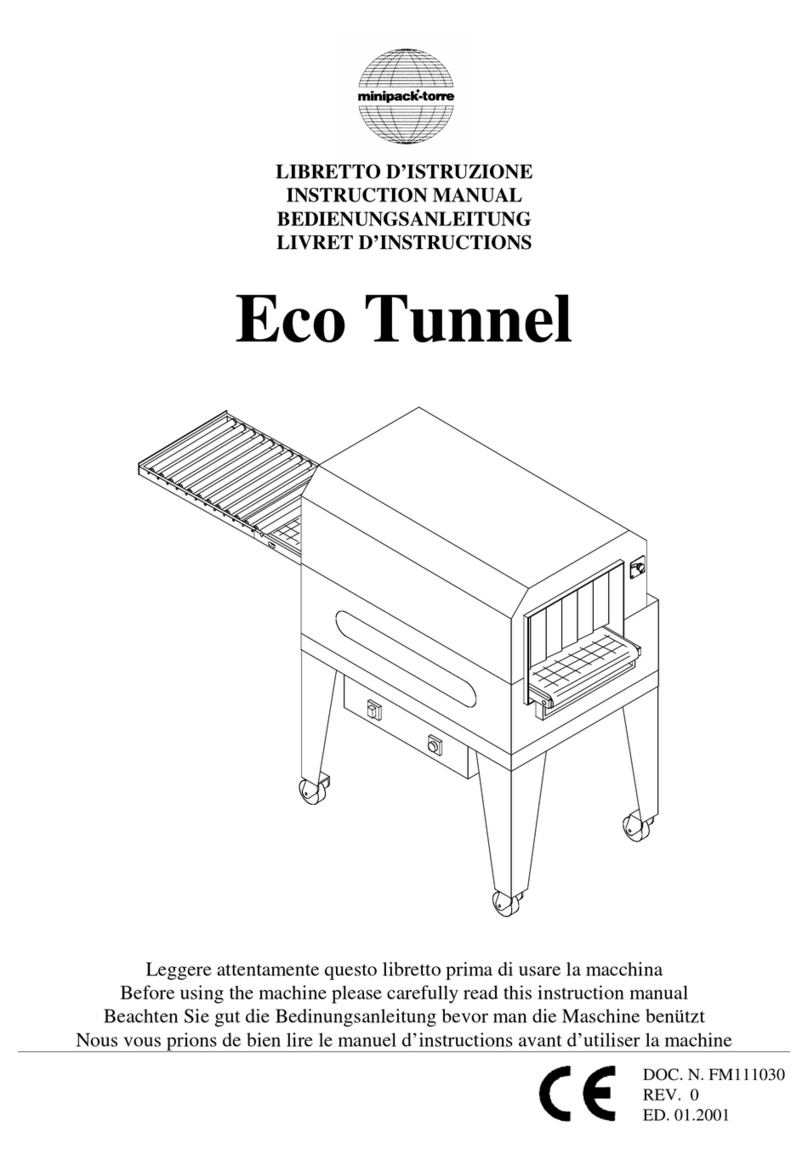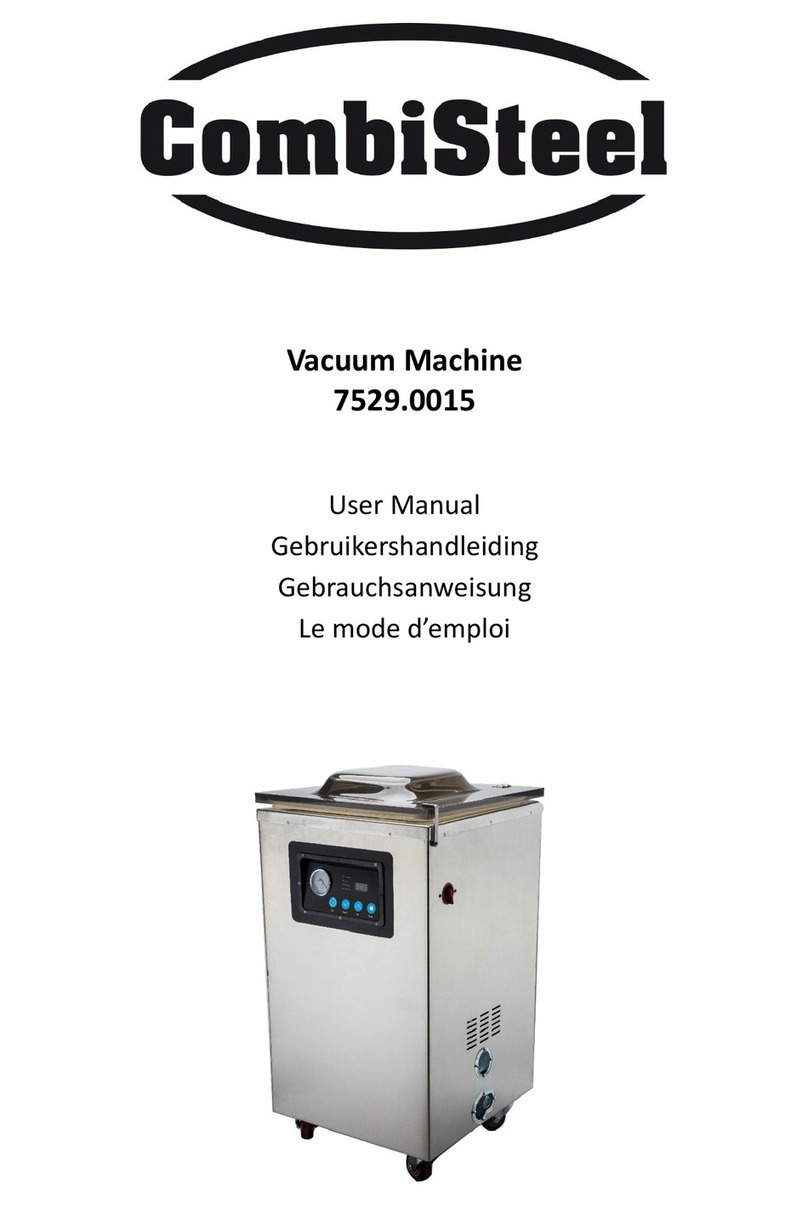
1Designing with the mission in mind
In order to begin fitment of your Switchblade Frameset,
you’ll need to measure your body in three areas:
1) neck, 2) torso and 3) waist.
Setting your pack to your correct torso length is crucial
to getting the pack to fit properly. If it is set up too
short, the Pack Belt will ride up your back and not
effectively transfer weight to your hips; too long and
the pack will pull back and not ride close to your body,
creating sway and discomfort.
To determine your torso length, you’ll measure the
distance between your seventh cervical vertebra (C7)
and the crest of your hipbones (L5) using a flexible
tape measure. This length will determine where to
attach the pivot point shoulder strap hardware on the
framesheet.
TO MEASURE: While measuring, be sure to stand
up straight with feet shoulders-width apart. The
process may be easier with a helper, but can be
done by yourself. Hold one end of the measuring
tape by pressing it against the back of your neck at
the most prominent bone at the base of your neck.
Hold in place and proceed. Next, with the tape in your
free hand, use your index finger to locate your lower
measurement in the center of your lower back - this
is typically near your waist line. Stop when your index
finger resting on the crest of your hipbones and record
the measurement your finger is on. On average, the
human torso is between 17”-22” inches long.
Step 1: Determine Torso length
C7
L5
Torso
Length
Average Torso 17-22”
YOUR TORSO LENGTH:
Record this measurement you’ll need it later for
adjusting the frameset - if needed.
Fitment
Sizing Guide - three step Process
